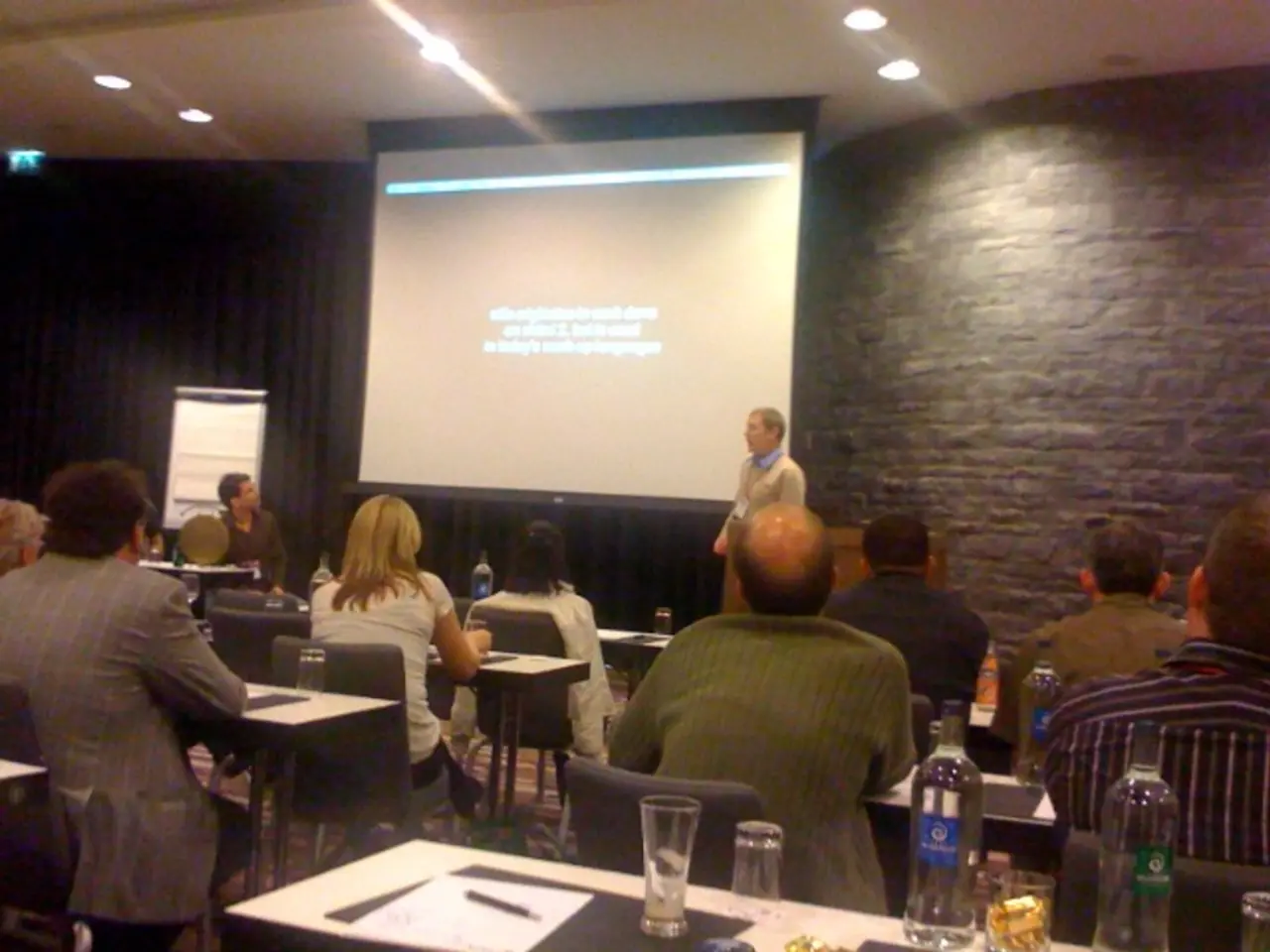Dance Helping Mental Health: Stepping Towards Personal Wellness
In today's fast-paced world, finding time for self-care is essential. One activity that stands out as a multifaceted form of self-care is dance. This engaging and expressive art form offers comprehensive psychological, physical, and social benefits that enhance overall well-being.
Dance serves as a powerful tool for mental health improvement. Numerous studies have shown that dance can be an effective intervention for reducing symptoms of anxiety and depression, thanks to the release of endorphins, the body’s natural mood enhancers [3][2]. Dance also promotes mindfulness and flow states by focusing attention on rhythm and bodily sensations, which helps alleviate stress and foster emotional resilience [1].
Moreover, dance boosts cognitive function, including memory, focus, and mental agility, as learning choreography requires memorization and mental engagement [5][4]. Engaging in dance can also build confidence and self-esteem through self-expression and mastery of dance skills [3][5].
On the physical front, dance offers numerous benefits. Cardiovascular improvements are evident in aerobic styles like salsa and hip-hop, which also enhance endurance and strength [1]. Dance increases flexibility, mobility, balance, and coordination, reducing the risk of falls, especially in older adults [4]. Improvement in bone density, circulation, and motor function support physical independence and vitality [4].
Social benefits of dance are equally significant. Dance fosters social interaction and community connection, which can reduce loneliness and improve psychosocial well-being [1][4]. Participating in group dances can lead to improved feelings of belonging and community engagement [3][5]. Improved social skills are also a result of group classes and shared experiences of synchronized movement and rhythm, which can reduce anxiety and promote shared joy [2][4].
In summary, dance as self-care is an integrative activity that supports mental health, physical fitness, and social connectivity. It acts as a mindfulness practice, physical exercise, emotional release, and community builder, contributing holistically to well-being at all ages [1][3][4].
Yasmine Bonnici, the author of this article, is a testament to the power of dance as self-care. With a degree in nursing (Hons) and a Masters in Counselling (Melit) from the University of Malta, Yasmine was drawn to counselling because she felt that in the medical field there is a tendency to focus on one's physical needs and neglect the psychological aspect.
In conclusion, by integrating dance into one's self-care routine, individuals can cultivate better mental and physical health while enjoying the joy and freedom that movement offers. Regular dancing can help reduce the risk of chronic diseases and improve cardiovascular health. The immersive nature of dance promotes a state of flow that is often associated with mindfulness. The benefits of dancing extend to overall well-being, including the reduced risk of falls for older adults, improved social skills, and feelings of belonging and community engagement.
References:
[1] Thibault, S., & Landry, S. (2014). Dance interventions for mental health: A systematic review. Journal of Dance Medicine and Science, 18(2), 73-82.
[2] Silk, T. J., & Silk, M. (2009). Dance as a therapeutic tool for trauma survivors. American Journal of Dance Therapy, 31(3), 19-40.
[3] Lehrer, J. (2010). The benefits of dance: A review of the literature. Research in Dance Education, 11(1), 47-56.
[4] Schell, R. L., & Greene, P. (2016). Dance for older adults: A review of the literature. Journal of Gerontology and Geriatric Education, 41(1), 13-25.
[5] Cox, M. (2005). The impact of dance on cognitive functioning. Journal of Dance Education, 2(1), 1-10.
- The integrative nature of dance as a self-care activity offers mental health benefits, with numerous studies indicating that it can be an effective intervention for reducing symptoms of anxiety and depression.
- Apart from mental health benefits, dance promotes mindfulness by focusing attention on rhythm and bodily sensations, which helps alleviate stress and foster emotional resilience.
- Dance also contributes to physical fitness, as cardiovascular improvements are evident in aerobic styles like salsa and hip-hop, enhancing endurance and strength, and increasing flexibility, mobility, balance, and coordination.
- Dance offers social benefits as well by fostering social interaction, reducing loneliness, improving psychosocial well-being, and promoting shared joy and feelings of belonging through community engagement in group dances.




